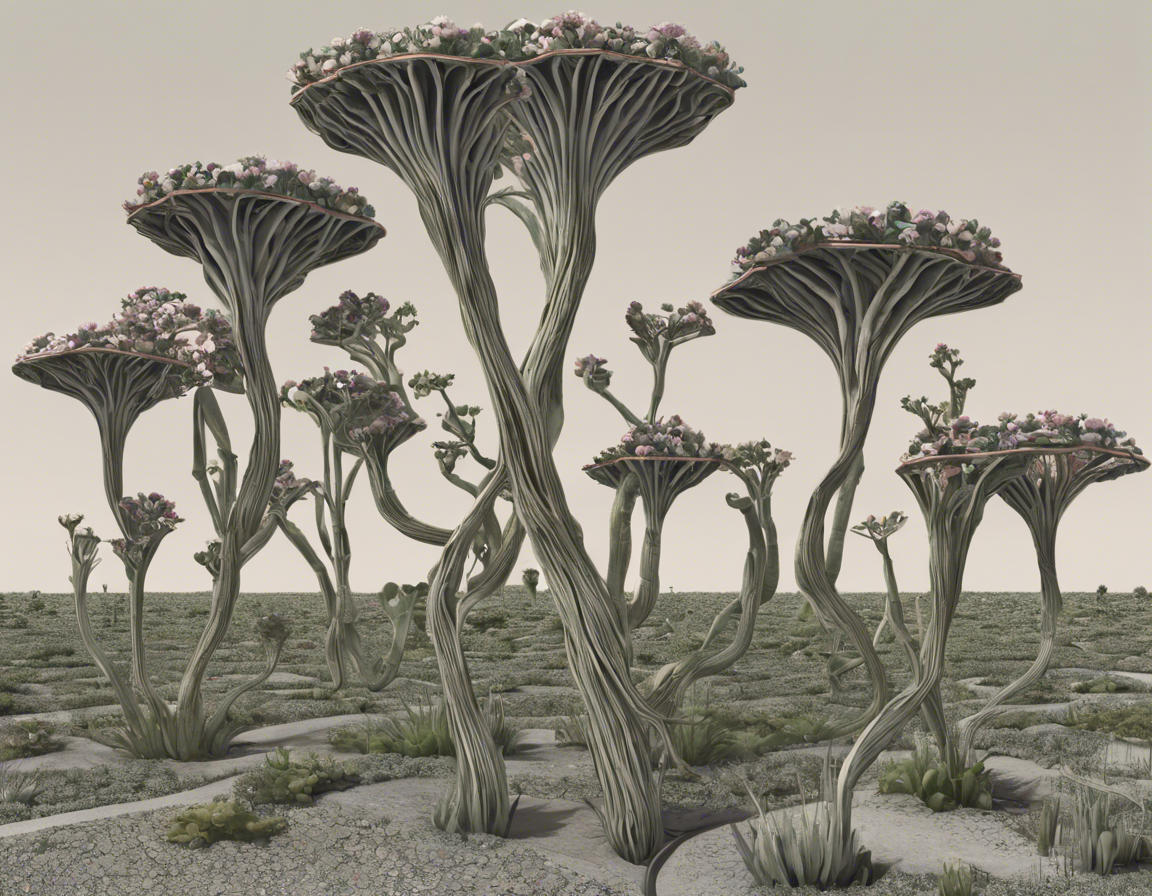Imagine a world devoid of vibrant greenery; no swaying trees, no blooming flowers, no lush gardens to delight the senses. Plants, the silent architects of our environment, play a crucial role in sustaining life on Earth. From the tallest redwoods to the tiniest mosses creeping along forest floors, the plant kingdom encompasses a breathtaking diversity that captivates us all. In this article, we will delve deep into the fascinating world of Plantae and explore the beauty and importance of embracing greenery in our lives.
The Significance of Plants in Our Ecosystem
Plants are the primary producers in our ecosystem, harnessing the power of the sun through photosynthesis to convert carbon dioxide into oxygen, the very air we breathe. This fundamental process not only ensures a steady supply of oxygen but also serves as the foundation of the food chain, providing nourishment for all living beings.
Diversity and Adaptability of Plant Life
The plant kingdom is incredibly diverse, with over 390,000 known species ranging from towering trees to delicate ferns. Plants have evolved a myriad of adaptations to thrive in various environments, from the blazing deserts to the icy tundras. The resilience and adaptability of plants showcase nature’s ingenuity and the power of evolution in action.
Aesthetics and Well-being Benefits of Green Spaces
Beyond their ecological importance, plants have a profound impact on our well-being. Research has shown that exposure to green spaces can reduce stress, improve concentration, and boost overall mental health. Whether it’s a tranquil garden, a leafy houseplant, or a lush forest, surrounding ourselves with greenery can rejuvenate the mind and soothe the soul.
Cultivating a Greener Lifestyle
Incorporating more plants into our lives not only benefits the environment but also enriches our personal spaces. Whether you’re a seasoned gardener or a novice plant parent, there are endless ways to cultivate a greener lifestyle.
Indoor Plants for Health and Tranquility
Bringing the outdoors inside with indoor plants is a popular trend that offers numerous benefits. Houseplants not only purify the air by removing toxins but also add a touch of nature to our indoor spaces. Popular choices like succulents, ferns, and peace lilies are easy to care for and can thrive in a variety of conditions, making them ideal companions for busy urban dwellers.
Gardening as a Therapeutic Pursuit
Digging in the dirt and tending to a garden can be a therapeutic practice that connects us to the rhythms of nature. Whether you have a sprawling backyard or a small balcony, gardening offers a hands-on way to cultivate patience, nurture life, and reap the rewards of your labor. Growing your own fruits, vegetables, and flowers can deepen your appreciation for the natural world and provide a sense of accomplishment.
Green Infrastructure for Sustainable Cities
In urban environments, green infrastructure plays a crucial role in maintaining ecological balance and promoting sustainability. Green roofs, vertical gardens, and urban parks not only enhance the aesthetic appeal of cities but also mitigate heat islands, improve air quality, and provide habitat for wildlife. By incorporating more green spaces into urban design, cities can create healthier, more livable environments for their residents.
Frequently Asked Questions (FAQs)
1. Why are plants important for the environment?
Plants play a vital role in the environment by producing oxygen, sequestering carbon dioxide, supporting biodiversity, and providing habitat and food for various organisms.
2. How do plants benefit human health?
Exposure to green spaces and plants can improve mental health, reduce stress, enhance air quality, and promote physical activity, leading to overall well-being.
3. What are some low-maintenance indoor plants for beginners?
Popular low-maintenance indoor plants include snake plants, pothos, spider plants, and ZZ plants, which require minimal care and can thrive in various light conditions.
4. How can I start a garden if I have limited space?
If you have limited space, consider container gardening on a balcony or patio, vertical gardening on walls or trellises, or joining a community garden to grow plants collectively.
5. What are the benefits of green infrastructure in cities?
Green infrastructure in cities helps to mitigate urban heat islands, improve air quality, promote biodiversity, reduce stormwater runoff, and enhance the overall quality of urban life.
By embracing greenery and incorporating more plants into our lives, we can forge a deeper connection with nature, promote sustainability, and create healthier, more vibrant communities. From the humble houseplant on your windowsill to the majestic forests that blanket the earth, let us celebrate the beauty and importance of plants in all their forms.
